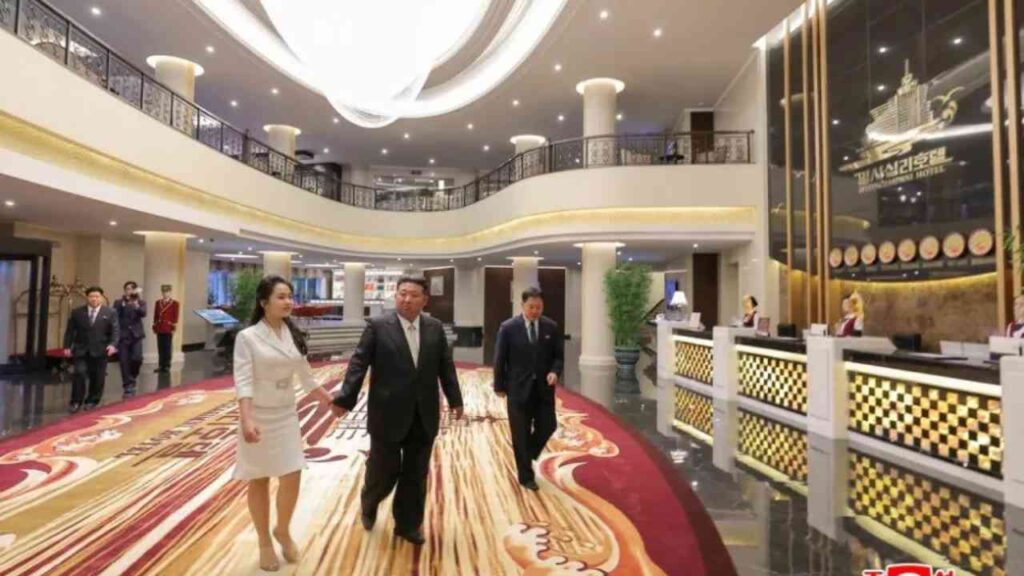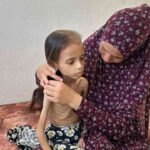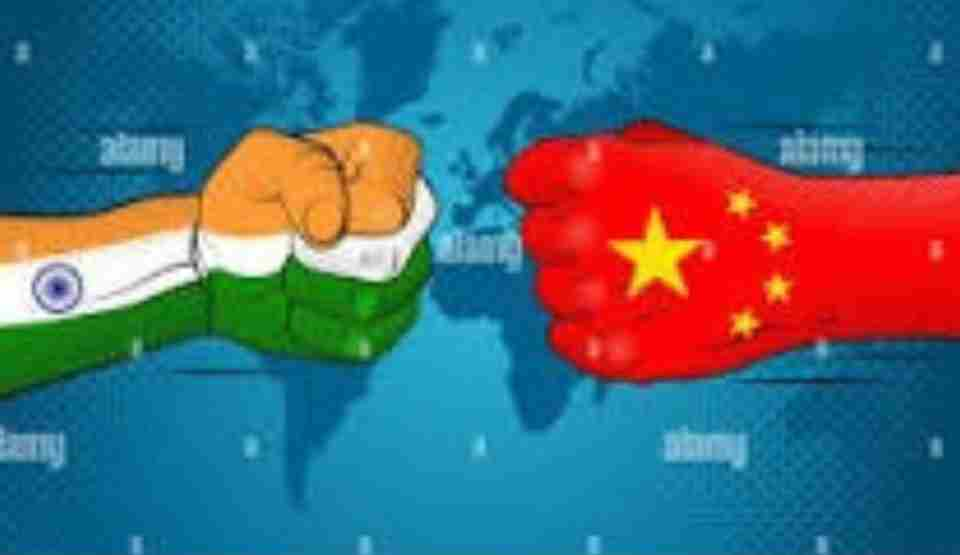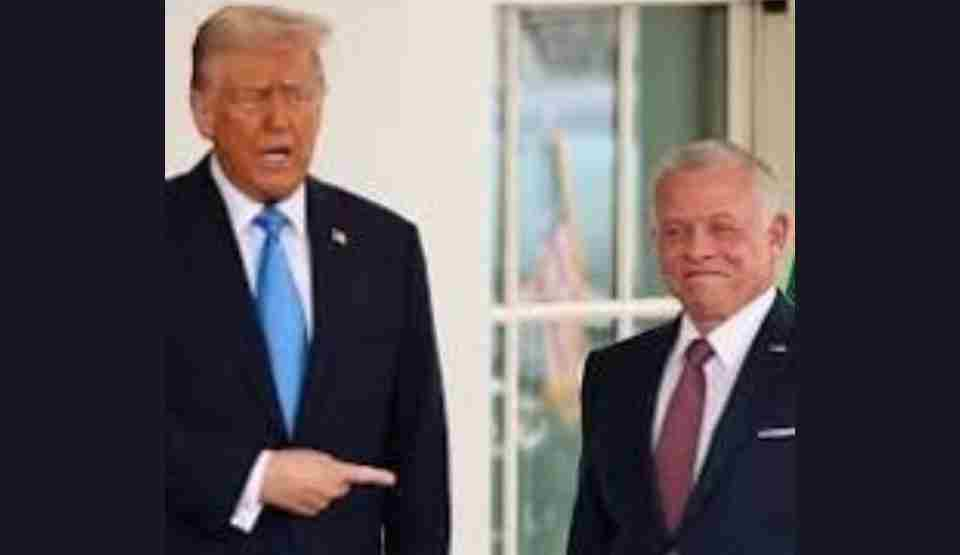North Korea’s ambitious Wonsan-Kalma coastal resort, marketed as the regime’s answer to international beach destinations, conceals a troubling history of forced labor and human rights violations that extends from its construction to its current operations.
The Resort’s Origins and Inspiration
The Wonsan-Kalma development earned its unofficial nickname as “North Korea’s Benidorm” after Kim Jong-un reportedly dispatched a fact-finding mission to Spain’s Costa Blanca in 2017. The regime envisioned the coastal complex as a centerpiece of its tourism strategy, designed to attract foreign visitors and generate much-needed hard currency.

However, the project’s execution revealed the stark contrast between North Korea’s propaganda narrative and the harsh realities of life under the authoritarian system.
Forced Labor and “Shock Brigades”
The resort’s construction relied heavily on what the regime euphemistically termed “volunteer youth shock brigades”—groups of teenage students conscripted into construction work. Despite official propaganda celebrating these young people as enthusiastic volunteers building hotels at remarkable speed, the reality was far more troubling.
According to UN reports on forced labor in North Korea, participation in these brigades is effectively mandatory, with the threat of arrest and detention in labor camps used to ensure compliance. Workers received minimal compensation—described as “only enough to buy two packs of cigarettes” monthly—while facing severe nutritional deprivation.
Extreme Working Conditions
As construction deadlines repeatedly slipped, working conditions became increasingly desperate. Sources reported to Daily NK that during the harsh winter months of 2019-2020, workers were permitted only three hours of sleep per day while laboring in freezing temperatures.
North Korea expert Michael Madden detailed the scope of work undertaken by these forced laborers: “Youth Shock Brigades would be involved in digging foundations, framing, painting, paving, and moving materials and supplies. Pay for brigade members is minimal. In the past, brigade members were not provided adequate food supplies and stole from local populations.”

Systematic Abuse
The UN documentation of forced labor practices revealed additional disturbing elements beyond the physical hardships. Women working on the project reported widespread sexual abuse by supervisors, with one woman stating that brigade chiefs “harassed” workers and that “many women were sexually abused.”
The combination of malnutrition, exhaustion, and abuse created conditions that human rights organizations have characterized as systematic exploitation of vulnerable populations.
Construction Delays and Consequences
Despite the intensive labor regime, the project faced multiple delays. After missing successive completion deadlines, the site experienced significant leadership changes in 2019, with both the planning chief and site manager being dismissed.
Michael Madden, founder of North Korea Leadership Watch, noted that nothing has been heard from either official since their removal. In North Korea’s punitive system, such dismissals can result in severe consequences ranging from forced labor assignments to imprisonment or, in cases involving perceived corruption, execution.
Abandonment and Deterioration
When the COVID-19 pandemic began in 2020, the nearly complete resort was largely abandoned. During this period, homeless individuals known as “kkotjebi” occupied the empty buildings, leading to significant deterioration of the facilities.
Reports from Daily NK described the condition of the buildings during this period in stark terms, noting widespread damage and unsanitary conditions that required extensive remediation before the resort could open to guests.
Current Operations and Visitor Profile
Today, the Wonsan-Kalma resort primarily serves Russian tourists and members of North Korea’s political elite. The facility represents a significant propaganda achievement for the regime, showcasing modern amenities and international standards to both domestic and foreign audiences.
However, the resort’s location carries additional significance beyond tourism. Wonsan previously served as a missile testing site, with rocket launches continuing even during the hotel construction phase, highlighting the dual-use nature of the regime’s coastal infrastructure.
Financial Implications and Weapons Development
Human rights advocates have raised concerns about the ultimate destination of tourism revenue generated by the resort. Greg Scarlatoiu, executive director of the Committee for Human Rights in North Korea, warned that visitor spending directly supports the regime’s priorities.
“The money coming from tourists, mostly Russians at the moment, will go to the areas that the regime regards as critical to its survival,” Scarlatoiu explained. “These are: keeping the Kim family rich, and the key elites happy, as well as developing nuclear weapons, ballistic missiles, and other tools of death.”
Broader Tourism Strategy
The Wonsan-Kalma resort forms part of North Korea’s wider effort to develop its tourism sector as a source of foreign currency. This strategy includes other facilities such as the Masikryong Ski Resort and Yangdok hot springs resort, all designed to attract international visitors while showcasing the regime’s development achievements.
International Context and Concerns
The resort’s operation raises complex questions about international tourism to authoritarian states. While visitors may experience modern facilities and scenic coastline, their presence and spending directly support a system built on forced labor and systematic human rights violations.
The contrast between the resort’s marketed image and its construction history exemplifies the broader challenges of engaging economically with regimes that maintain power through coercion and exploitation of their own populations.
Ongoing Implications
The Wonsan-Kalma case illustrates how North Korea’s economic development projects often rely on forced labor while generating revenue that supports the regime’s military ambitions. For international visitors and policymakers, the resort represents the ethical complexities of tourism in countries with poor human rights records.
The facility stands as both a symbol of North Korea’s modernization efforts and a reminder of the human cost of development projects undertaken without regard for worker rights or welfare. As the resort continues operations, questions remain about whether international engagement through tourism can promote positive change or merely provides financial support for an oppressive system.






